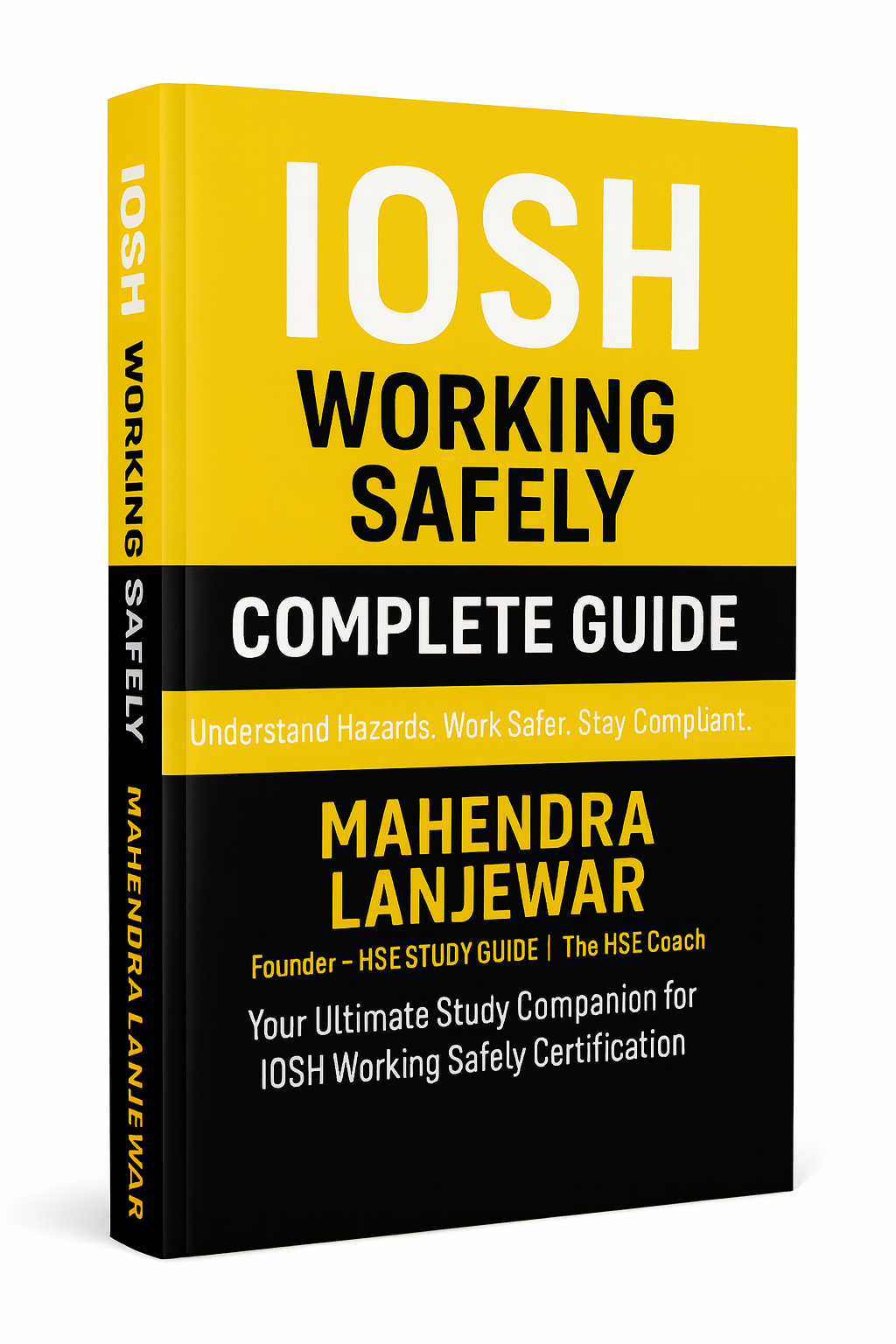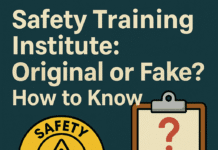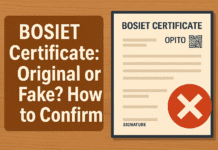
Certified Safety Professional Syllabus: A Comprehensive Guide
Introduction
Certified Safety Professional Syllabus : When it comes to ensuring the safety and well-being of employees in the workplace, a Certified Safety Professional (CSP) plays a vital role. The CSP certification is a globally recognized standard that demonstrates a professional’s expertise in safety management, risk assessment, and hazard control. In this article, we will delve into the Certified Safety Professional syllabus, exploring the topics covered, the significance of the certification, and the benefits it offers.
Understanding the Certified Safety Professional (CSP) Certification
The Certified Safety Professional (CSP) certification is a mark of excellence for safety professionals worldwide. It is awarded to individuals who have demonstrated their knowledge and competence in the field of safety management. CSPs play a critical role in ensuring the safety and well-being of employees by identifying and mitigating workplace hazards.
Eligibility Criteria
To become a Certified Safety Professional, candidates must meet specific eligibility requirements. They should possess a bachelor’s degree in any field or an associate degree in safety, health, or the environment. Additionally, candidates need to have at least four years of professional safety experience.
Examination Format
The CSP exam consists of two parts: the core exam and the safety fundamentals exam. The core exam assesses candidates’ knowledge of safety management principles, while the safety fundamentals exam tests their understanding of basic safety concepts. To prepare for the exam, candidates should thoroughly review the recommended study materials and take practice tests to assess their readiness.
Domain 1: Collecting Safety, Health, Environmental, and Security Risk Information
In this domain, CSP candidates learn the importance of gathering data on safety, health, environmental, and security risks. They understand how to conduct comprehensive risk assessments to identify potential hazards in various workplace settings. The goal is to proactively address safety concerns and prevent accidents.
Domain 2: Assessing Safety, Health, Environmental, and Security Risks
Once the risk information is collected, candidates must analyze the data to assess the severity of risks and their potential impact on workers and the environment. This domain also covers incident investigation techniques to determine the root causes of accidents and incidents, enabling them to develop effective preventive measures.
Domain 3: Managing Safety, Health, Environmental, and Security Programs
Safety professionals need to design and implement safety, health, environmental, and security programs that align with organizational objectives. They develop strategies for risk mitigation, incident prevention, and emergency preparedness to foster a safe working environment.
Domain 4: Ergonomics, Psychology, and Safety
Understanding the ergonomic aspects of the workplace is crucial for CSPs to optimize the work environment, reduce ergonomic-related injuries, and improve productivity. Psychology and safety concepts help them comprehend human behavior, motivations, and decision-making processes to influence a safety-first culture.
Domain 5: Fire Prevention and Protection
CSPs must be well-versed in fire prevention and protection measures. They assess fire risks, develop fire prevention plans, and implement fire protection systems to safeguard employees and assets.
Domain 6: Occupational Health and Safety Training
Training plays a pivotal role in enhancing safety awareness and reducing workplace accidents. CSPs learn to identify training needs, design effective safety training programs, and evaluate the effectiveness of training initiatives.
Domain 7: Emergency Response Planning
This domain focuses on developing comprehensive emergency response plans to handle crisis situations effectively. CSPs coordinate with relevant stakeholders to ensure swift and organized responses to emergencies, minimizing potential damage.
Domain 8: Regulatory Compliance
Staying compliant with safety and environmental regulations is vital for organizations. CSPs understand the various regulations and standards to help companies maintain a safe and legally compliant workplace.
Domain 9: Workplace Hazard Control
Identifying workplace hazards is the first step; the next is implementing effective hazard control measures. CSPs employ engineering controls, administrative controls, and personal protective equipment (PPE) to mitigate risks.
Domain 10: Product Safety
In this domain, CSPs focus on product safety standards, testing, and certification. They contribute to product recall management and analyze product liability risks to protect consumers and companies.
Conclusion
Becoming a Certified Safety Professional is a significant achievement for anyone passionate about workplace safety. The comprehensive syllabus equips safety professionals with the knowledge and skills needed to protect employees from potential risks and create a safer work environment. With their expertise in risk assessment, hazard control, and emergency planning, CSPs play a crucial role in promoting safety and preventing accidents in diverse industries.
FAQs
- Is the CSP certification globally recognized? Yes, the CSP certification is recognized worldwide as a mark of excellence in safety management.
- What is the eligibility criteria for the CSP certification? Candidates need a bachelor’s degree or an associate degree in safety, health, or the environment, along with four years of professional safety experience.
- What is the format of the CSP exam? The CSP exam consists of two parts: the core exam and the safety fundamentals exam.
- How can I prepare for the CSP exam effectively? To prepare for the CSP exam, thoroughly review the recommended study materials and take practice tests to assess your readiness.
- What are the benefits of the CSP certification? The CSP certification enhances your credibility as a safety professional, opens up career opportunities, and allows you to make a significant impact on workplace safety.





















